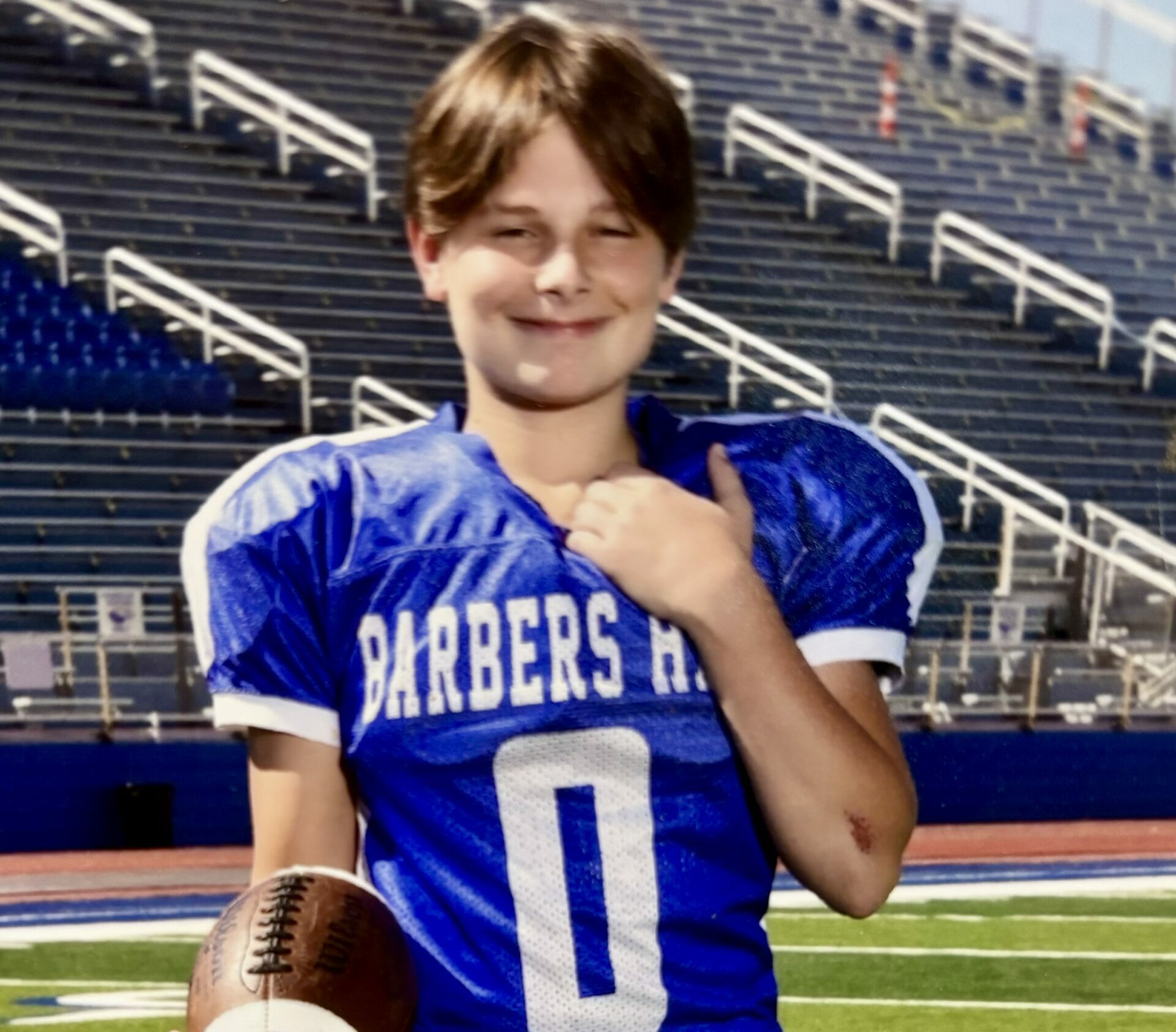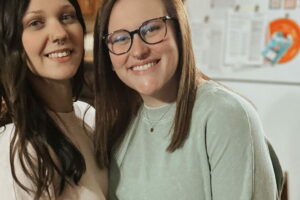On January 19, 2024, I received a call from my 13-year-old son, Christian. He was struggling to breathe. He’d been unwell for weeks, starting with an unknown virus that had progressed to pneumonia. Just the day before, he was diagnosed and treated in an ER.
We took him back, assuming his breathing issues were a pneumonia complication. At the ER, they began treating him for pneumonia again, but Christian complained of sharp pain near his right ribs.
This was odd, as his pneumonia was in his left lung. I mentioned our family’s history of blood clots, but the doctor dismissed it, explaining that blood clots are rare in children.
He was about to discharge us when a sense of dread crept over me. Christian’s pain persisted, and I pressed the doctor again. He offered a D-dimer test to rule out clots, though he assured us it was unlikely.
When the test came back elevated, the doctor ordered a CT scan. The CT scan confirmed it— a pulmonary embolism that had broken off and pieces reached his right lung’s capillaries.
The doctor was shocked and apologized, recognizing how serious it could have been if left unchecked. Christian was terrified, especially since his grandmother passed from a pulmonary embolism 10 years prior.
He spent a week in the hospital, part of it in ICU. While hospitalized, he experienced rapid heart rate and high blood pressure and had to relearn to walk and rebuild his lung strength.
Genetic tests revealed he has factor V Leiden and two copies of the factor II prothrombin gene mutation. They also found a clot in his upper thigh, which we believe led to the PE. Disturbingly, he had no symptoms in his leg.
I got the New Patient Resource Guide from NBCA and it was beneficial for him to read about what he is dealing with. The explanations are much more informative that what the hospital tells you. He also felt encouraged reading the personal stories that have been shared by athletes.
Christian’s recovery has been miraculous. His lungs have healed, his heart sustained minimal damage, and he’s back to his active life.
Due to his condition, we had our three younger kids tested, and all were found to have one or more genetic clotting disorders. Awareness is everything. Blood clots can start silent but can become life-threatening instantly.
My advice to others is to trust your instincts and advocate for your loved ones. If something doesn’t feel right, push for answers—especially if there’s a family history. Early testing and awareness can make all the difference.
Resources
Blood Clots in Children
Factor V Leiden
New Patient Resource Guide




